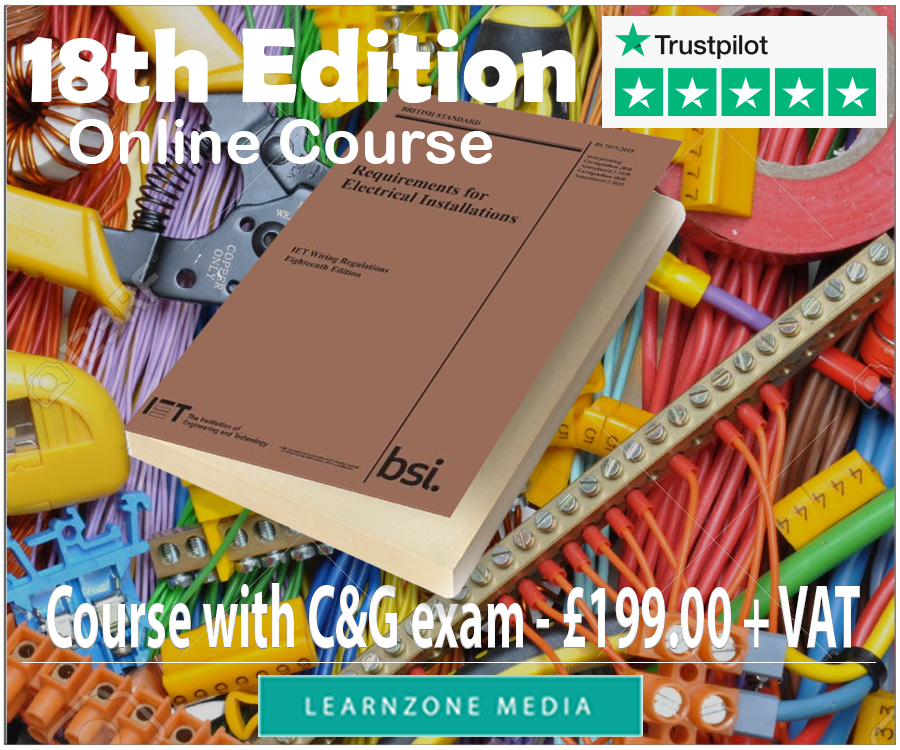The Minor Electrical Installation Works Certificate
What is the minor electrical installation works certificate and when do you need to have one issued?
The minor electrical installation works certificate is issued to confirm that any minor electrical work that has been carried out has been subject to the proper design and construction and has been tested according to the 1IEE Wiring Regulation BS 767s. You might also see this certificate referred to as 'The Minor Works Certificate'. The issuance of this certificate, where it is needed, is a legal requirement and must be complied with by everybody undertaking minor electrical works.
Only electricians registered for `Part P` of the Building Regulations, with body like the ECA or NICEIC should undertake this type of electrical testing and certification.
This is how a typical MEIWC looks like:

![]() If you are an electrician and need a professional, editable form that you can fill in yourself and give to your clients, you will find one here:
Free to use MEIWC form
If you are an electrician and need a professional, editable form that you can fill in yourself and give to your clients, you will find one here:
Free to use MEIWC form
Don`t worry it is 100% free and you can use Open Office (a free alternative to MS Word) to edit it.
When is The Minor Electrical Installation Works Certificate required?
- When there has be any alteration made to an existing circuit but where there is no change of protective device
- Where there has been any addition made to an existing circuit for example: The installation of a new outlet socket
It is legally required for a Minor Electrical Installation Works Certificate (Minor Works Certificate) to be completed after any electrical installation work has been done on a modified circuit.
The original certificate document should always be handed to the person who ordered the work with a copy retained by the electrician who carried out the testing and inspection.
Here is an example:
A couple recently had work done in their new extension. They wanted to have some extra sockets run off existing sockets /wiring and also a strip light to be fitted so that the extension could then be used as a home workshop. They needed to know whether or not they needed this work to be certified as a whole or if only part of it would be subject to certification.
The answer:
As far as the strip light is concerned, regulations say if it replaced an existing fitting with no wire modifications or alterations then there would be no need for a certificate. With regard to the extra sockets, part p regulations stipulate that any alteration, and that includes adding to existing wiring, does need to be certified. It will be the responsibility of the homeowner, in this case, to make sure that the work is completed and that the right certificate is given. On the certificate should be the registration number of the electrician as well as part p organisation should be on this.
There is a wealth of advice available on the sometimes-bewildering world of electrical rules, regulations and certification. We hope that this explanation has made this particular certification clear.





